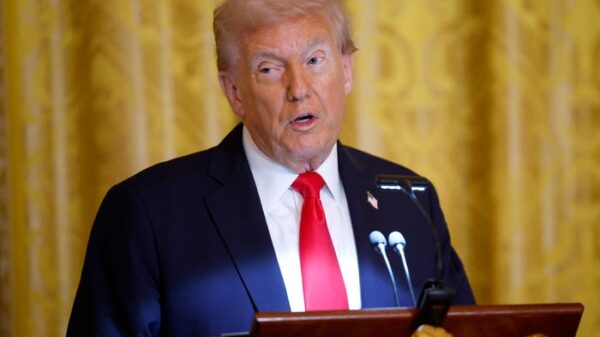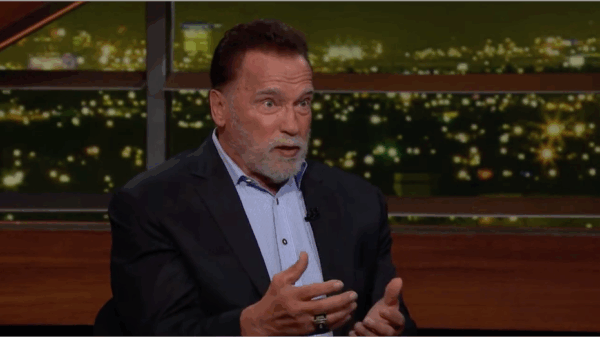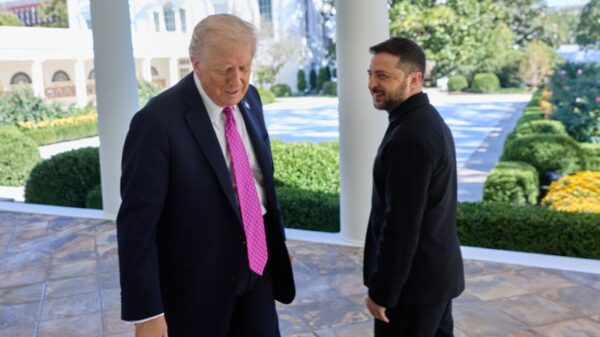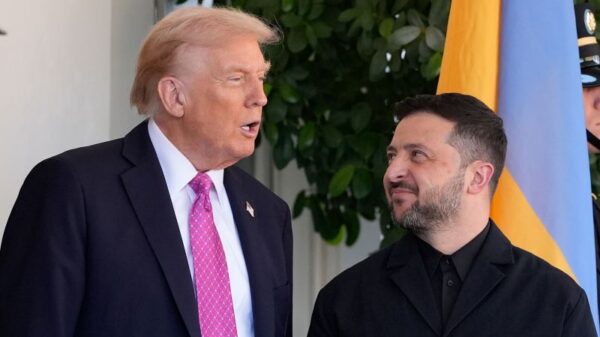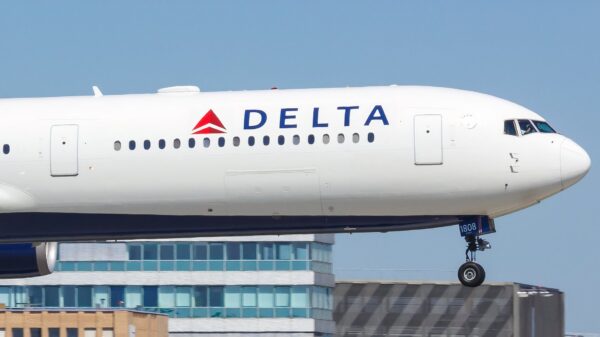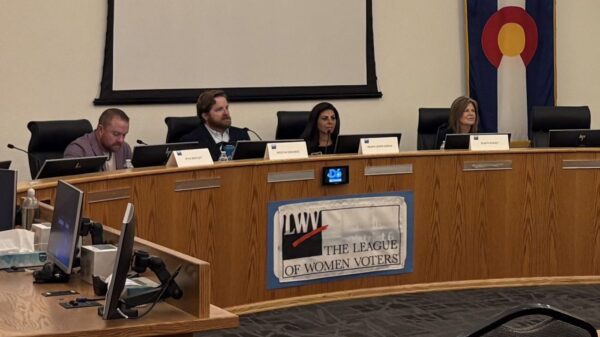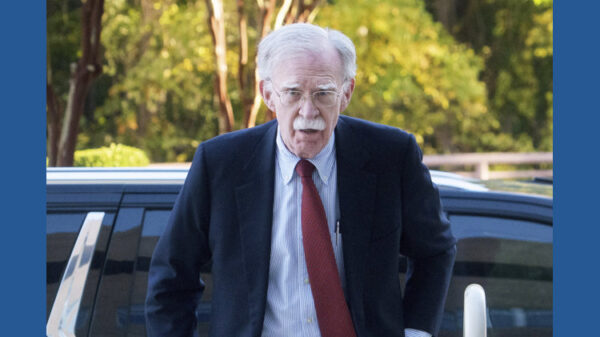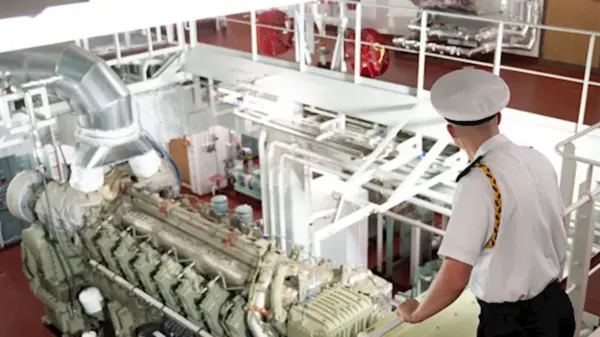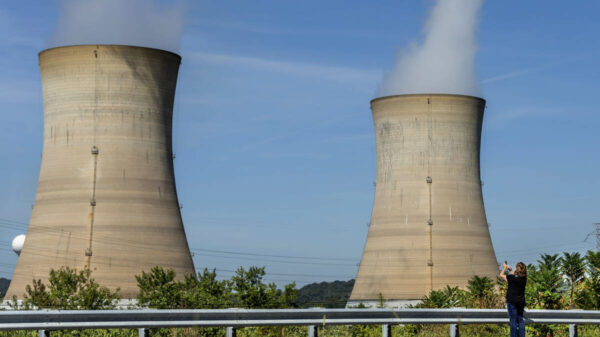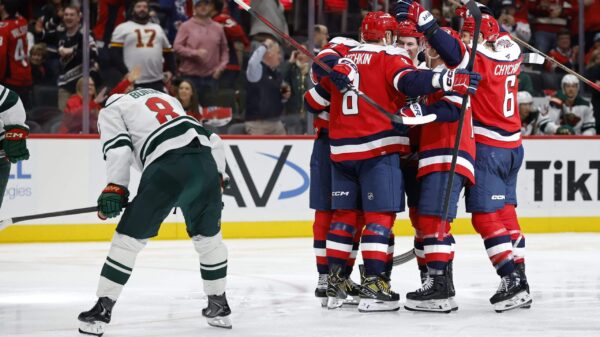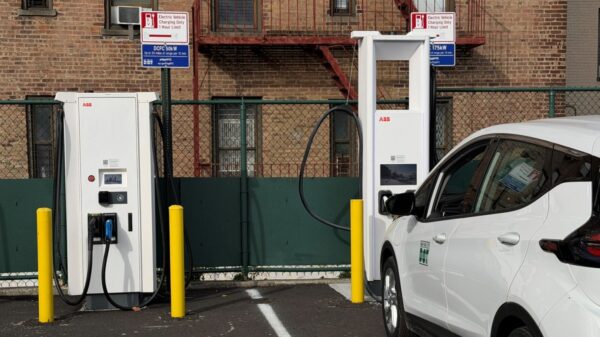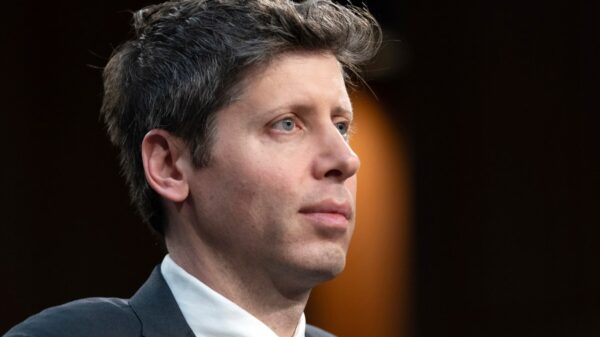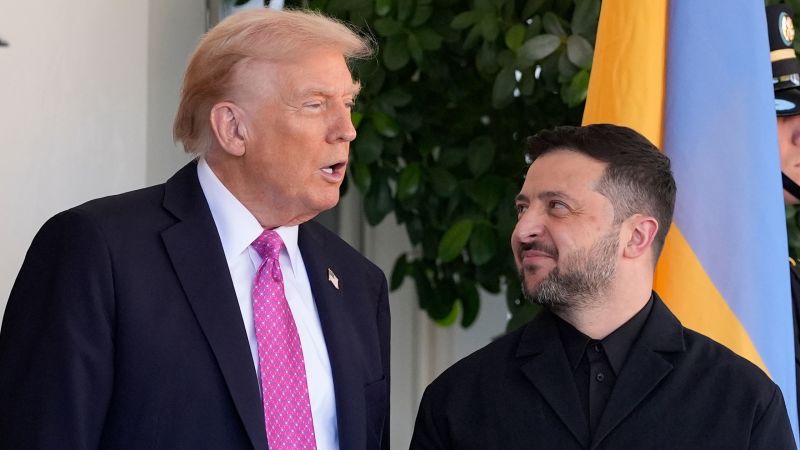The recent meeting between US President Donald Trump and Ukrainian President Volodymyr Zelensky has resulted in a notable shift in their relationship, although the critical objectives for Kyiv remain challenging to achieve. After months of complex diplomatic negotiations, Trump appears more amenable to Ukraine’s concerns, yet his inclination to engage with Russian President Vladimir Putin complicates matters for Kyiv.
During the meeting, which took place in October 2023, Trump expressed cautious optimism about a potential ceasefire, suggesting that both sides should “stop where they are.” This statement aligns with Zelensky’s own remarks, as he emphasized the importance of halting current hostilities in order to pursue dialogue. “We have to stop where we are. This is important, to stop where we are, and then to speak,” Zelensky stated during a subsequent press conference.
Despite the diplomatic advances, the prospect of military escalation remains a looming concern. Trump highlighted the significance of Tomahawk missiles, asserting that their potential supply to Ukraine was a central topic of discussion. “That is why we are here,” he said, acknowledging their destructive capabilities. This represents a stark contrast to his earlier approach, where he hesitated to directly support Ukraine’s military needs.
Yet, the logistics of delivering Tomahawks pose significant challenges. Trump acknowledged that the US lacks the inventory to provide the “thousands” of missiles he mentioned in jest during discussions with Putin. The Tomahawk missiles are predominantly launched from the sea, meaning Ukraine would face delays in receiving a usable quantity. Furthermore, the cost of each missile, approximately $2 million, necessitates careful strategic planning regarding targets, as Ukraine would need to ensure that each strike justifies the expense.
Amid these discussions, Trump demonstrated a newfound awareness of the complexities of dealing with Putin. He candidly remarked, “I have been played all my life by the best of them,” indicating a shift in his perception of the Russian leader’s tactics. The upcoming Budapest summit with Putin, which still lacks a confirmed date, will test this new dynamic in their interactions.
The military landscape in Ukraine remains tense as winter approaches. Key territories such as Pokrovsk, Kupiansk, and Kostyantynivka have remained under Ukrainian control despite intense Russian offensives. This resilience is crucial for Ukraine, especially as Putin’s summer campaign has failed to secure significant territorial gains. The looming winter conditions may further hinder Russian advances, potentially shifting the battlefield dynamics.
As the conflict continues, the pressures on Putin mount. He must navigate an increasingly complex situation characterized by manpower shortages, rising inflation, and the need for a decisive military victory. The stakes are high, and the Kremlin’s failures to achieve its objectives raise critical questions about the future of Russia’s military strategy.
Zelensky’s role has evolved significantly over the past months. Once primarily focused on advocating for Ukraine’s defense on the global stage, he now finds himself negotiating the intricacies of advanced military technology with NATO allies. While the recent meeting with Trump may not have yielded immediate results, it underscores a critical moment in Ukraine’s ongoing struggle for sovereignty and security.
As both leaders prepare for future discussions, the world watches closely. The outcome of these negotiations may determine not only the trajectory of the conflict but also the broader geopolitical landscape in Eastern Europe. The question remains: how will both leaders navigate the complexities of war, diplomacy, and the pressing need for a resolution?



